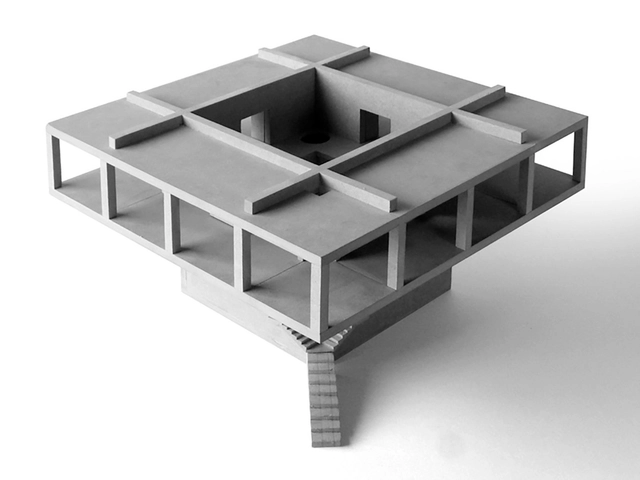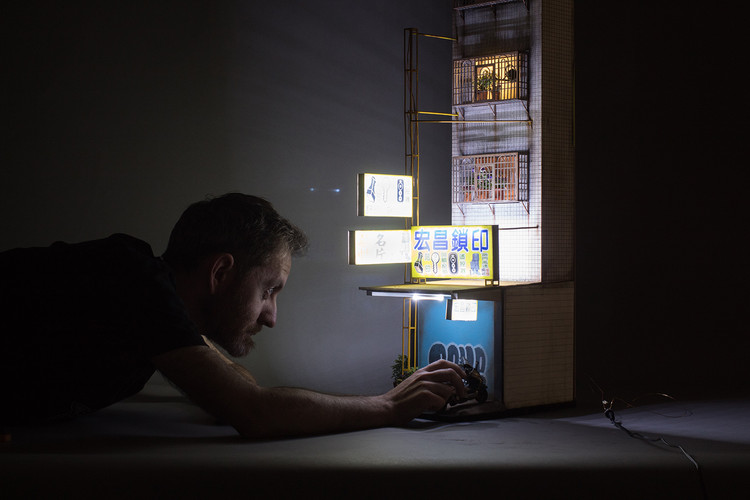
In an age where we have been going from hyperrealistic renders to digital models to the realm of the metaverse, physical architectural models have almost become a thing of the past. Nonetheless, whether it's to showcase the final project or to be used as a tool to explore different solutions to the same problem during the design phase, some architects still consider physical models part of their design process.
With the end of 2022 just around the corner, we have decided to look back at all the architectural models from the projects published this year on ArchDaily. The following selection, grouped into section models, abstract models, intricate models, interactive models, and models that use unconventional materials, lists the best of this year's physical models by our community.




















.jpg?1552010046&format=webp&width=640&height=580)




.jpg?1552010046)















.jpg?1505510121)
.jpg?1505510260)
.jpg?1505510187)
.jpg?1505510144)
.jpg?1505510136)
























